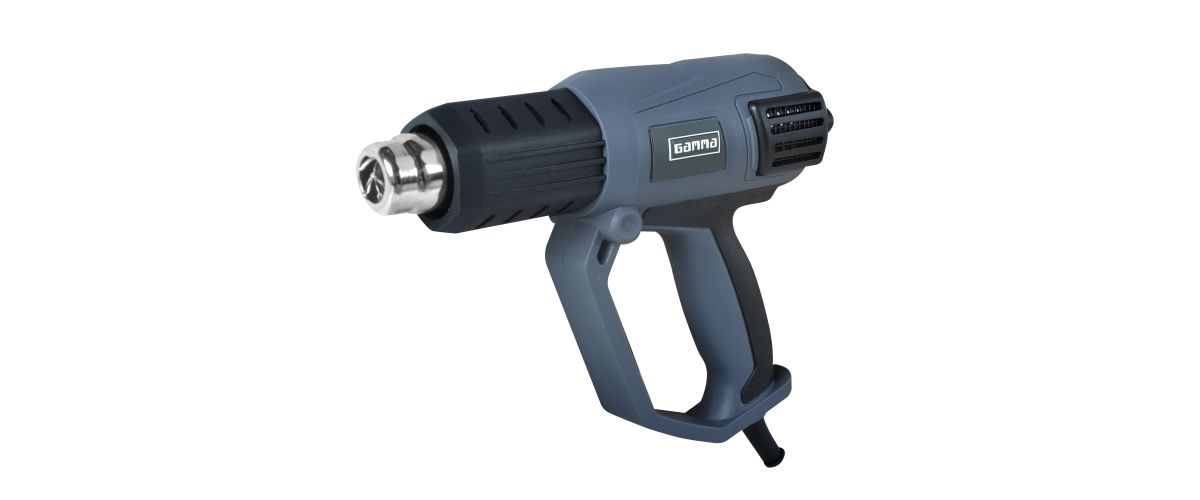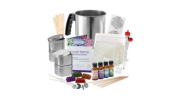login or create an account

Other equipment - The heatgun
Here's a tool that has all the chances of soon getting promoted to the What you must have section...
It can help your candlemaking endeavors on many levels: to correct the appearance and the finish of your candles and to clean up your equipment. It is certainly worth the investment but it's important to choose the right model for the job at hand.

During the production process, you can use the heatgun to:
- quickly liquefy the top of a candle (still in its mold) to remove any small imperfection and flatten its surface,
- heat your metal molds and containers before pouring the wax to avoid jump lines,
- liquefy any solid paraffin that has accumulated near the sprout of your pouring pot,
- reduce the number of air bubbles in Gel candles.
I'm sure you will find many other uses for it. And of course, it is also of great help when the time has come to clean up everything that is covered in wax. Instead of placing your metal molds and other metal accessories in a warm oven, you can use your heatgun to melt the residual wax and wipe it off with kitchen paper towels.
A heatgun generates intense heat (its main usage is to melt old paint to facilitate its removal, after all).
Be extremely careful when you use it: do not aim towards your hands or any other body part and, if at all possible, use it outdoors or, in any case, at a safe distance from potentially flammable or combustible materials.
Before you start using it, carefully read the instructions manual and follow all of the manufacturer's safety guidelines.
Remember that the heat that comes from the nozzle of the heatgun is hot enough to scorch a candle's wick, melt polycarbonate and flexible molds... in other words, do more harm than good if not used wisely.
Did I convince you? Before you run out the door to get yourself a heatgun, know that there are a couple of important details to take into account.
The first one is the minimum temperature setting: a low-end heatgun tends to have only two temperature settings, the lowest being around 1472°F. That is way too much for our candles... Especially since models that offer digital temperature control and a minimum of around 122°F are generally less than 20 dollars more expensive.
The second one is airflow speed. Entry-level models often have a minimum airflow of 500 liters/minute. Again, this is way too much, you would blow paraffin everywhere, walls and ceiling included. A slightly more expensive model will allow you to choose between multiple airflow settings, the lowest typically being 250 liters/minute. The lower minimum the better.
If you have no intention of using that heatgun for actual paint stripping jobs, the maximum temperature and airflow speed do not really matter.
Note that, for security reasons, it will not be possible to achieve high temperatures at low airflow speed. But my heatgun, with a price tag of less than 40 dollars, can generate 230°F at a very low airflow setting, which allows me to touch up a candle's surface without creating a wax hurricane.
 Thanks a bunch!
Thanks a bunch!


